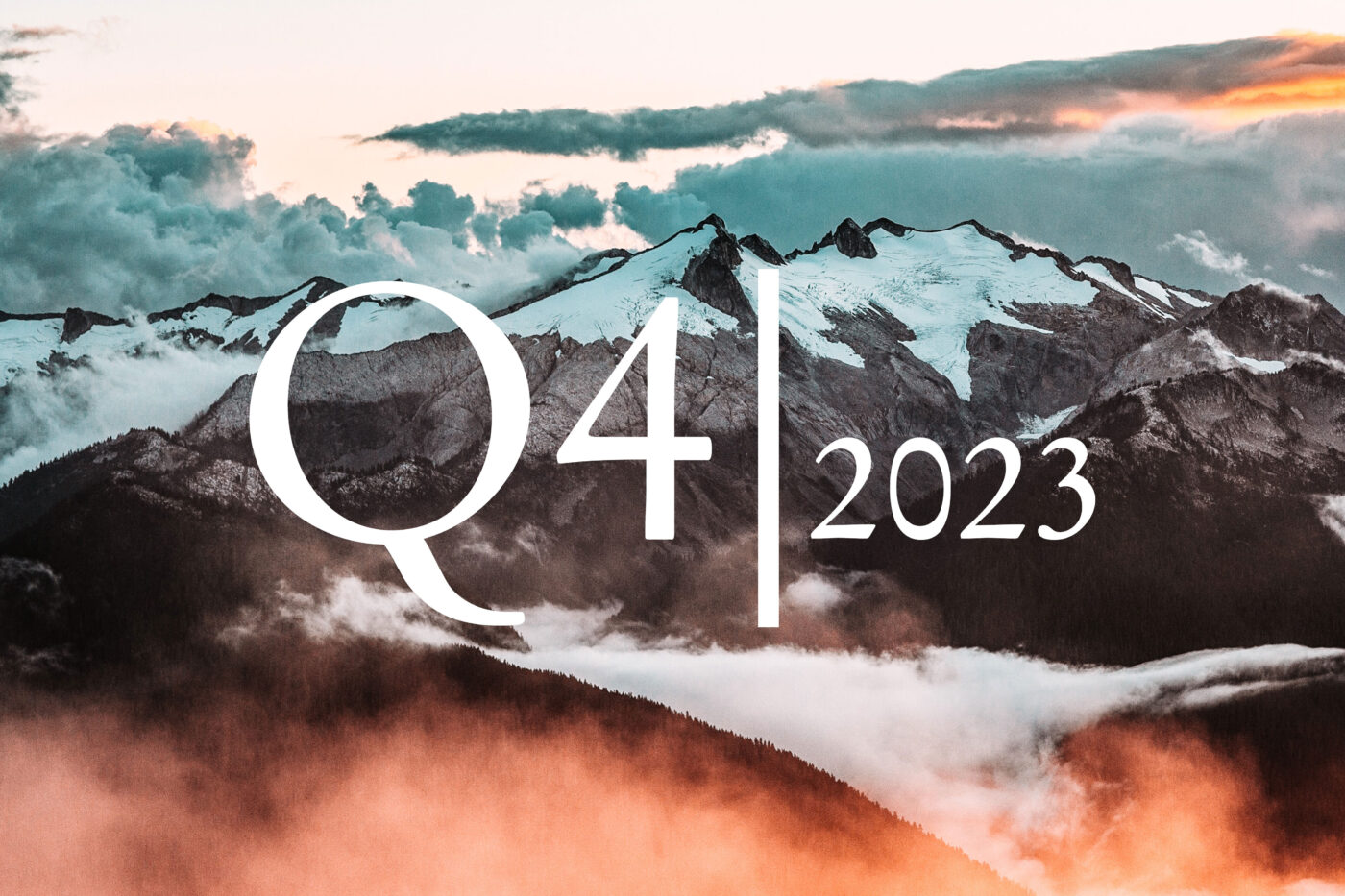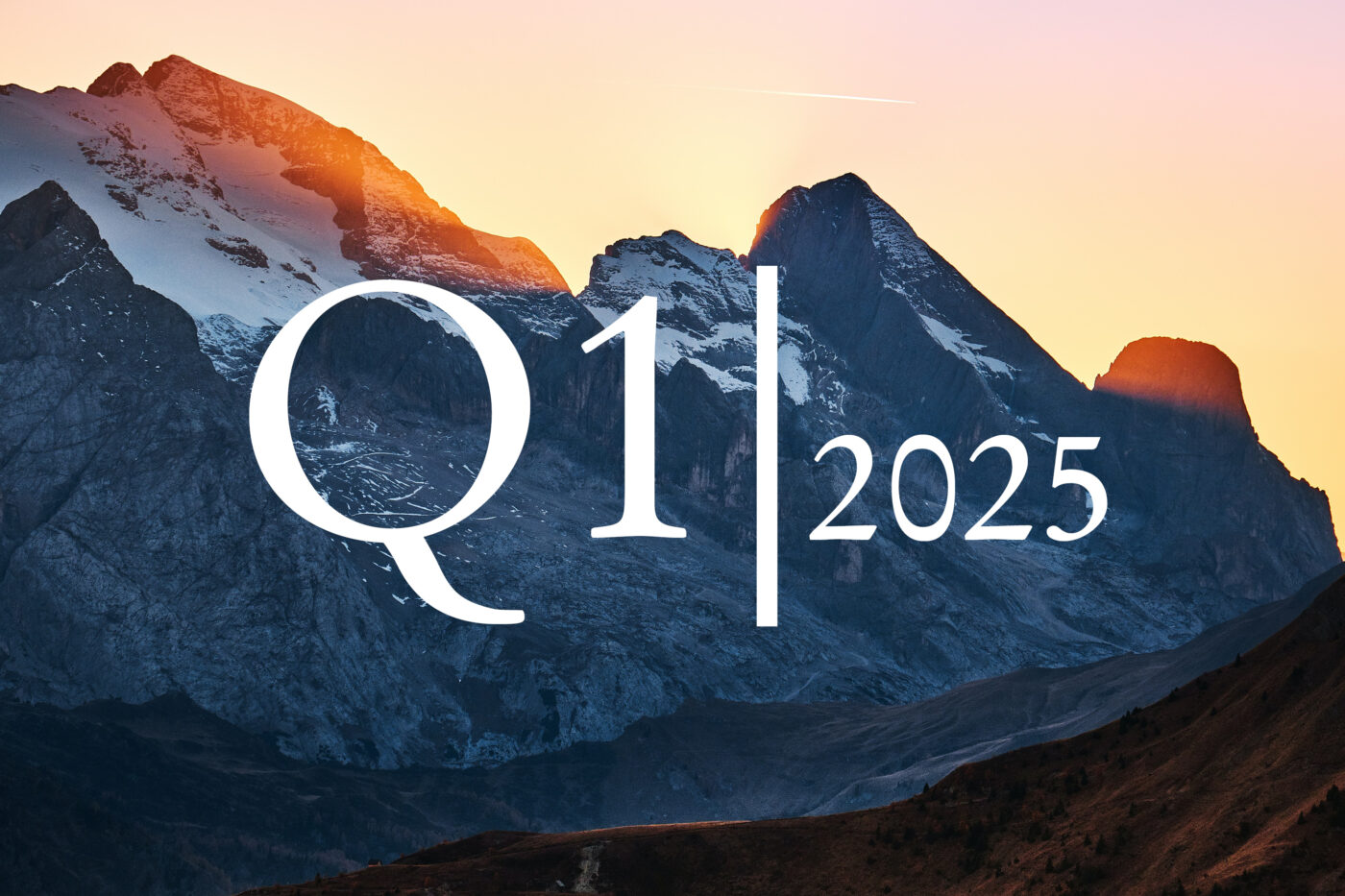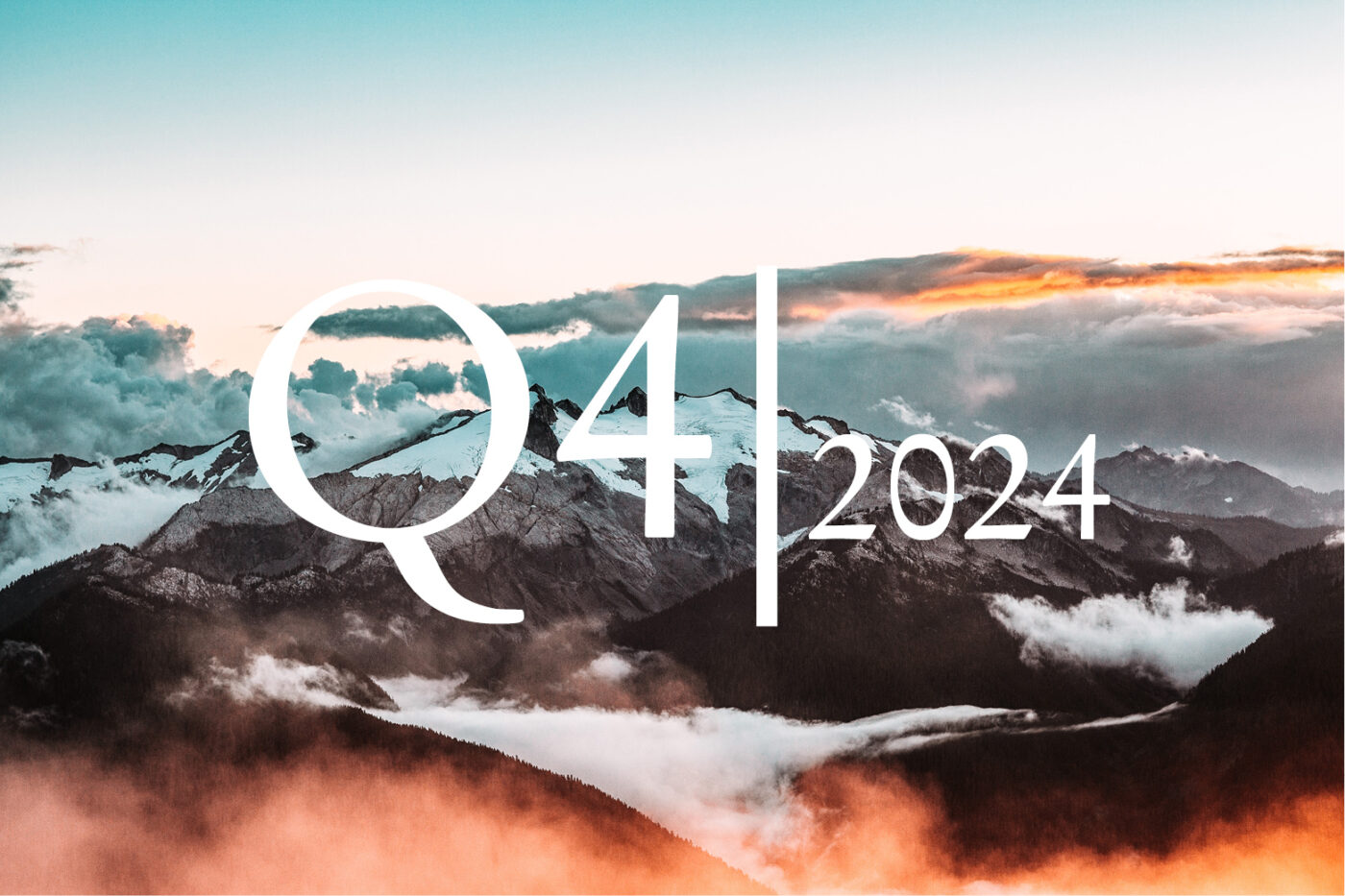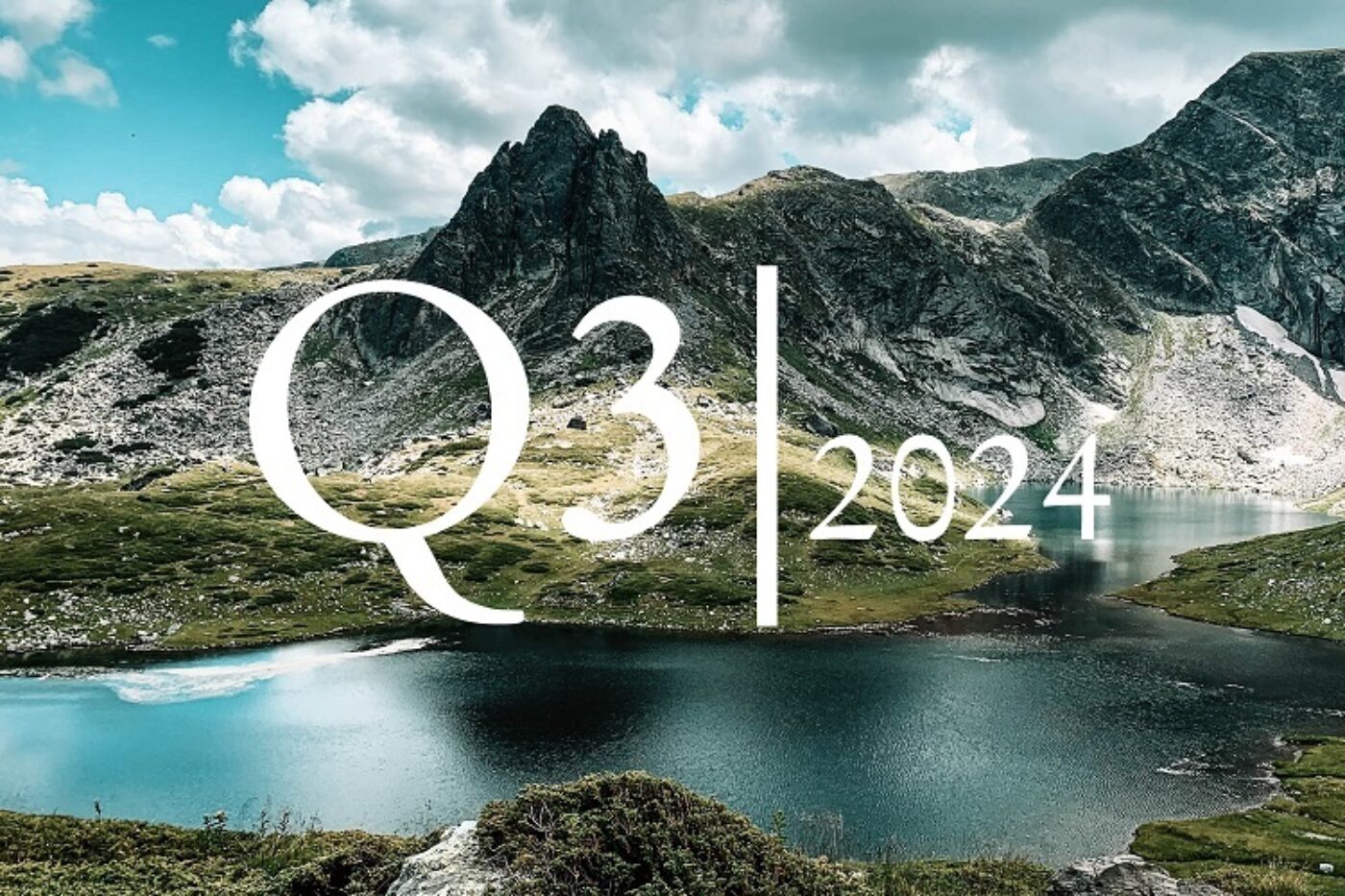Oil price recovery here at last! It gets more difficult from here
After the disappointing first half of the year, oil had a brilliant start to the third quarter. Thanks to the special OPEC+ cuts, rising demand in China, a strong travel season and extremely pessimistic investor positioning, Brent gained more than 25% and is thus clearly in positive territory since the beginning of the year. Although the fundamental starting position is good, it is difficult to find further incrementally positive drivers. On the demand side, the weak autumn seasonality is starting in the West and much of the catch-up effects have materialised in China. On the supply side, OPEC+ has extended its special cuts until the end of the year, but further tightening seems unlikely. At the same time, exports from Iran are rising despite US sanctions, and if Iraq settles its dispute with Turkey over Kurdish oil exports, these should also rise. Overall, the upside potential from this seems more limited, although the current supply deficit and low inventories clearly limit downside risks.
Oil finally recovers thanks to supply shortage
Oil price development versus global demand overhang
Gold's shine depends on central banks
Gold climbed towards USD1,980 an ounce at the start of the third quarter on hopes of an end to Fed rate hikes. Cooler June inflation data and the fall of the US dollar to a 15-month low helped the rally. However, the turnaround came in mid-July, and in August gold fell below 1,900 for the first time since March this year, driven by rising real interest rates – the 10Y TIPS rate rose to 2% for the first time since 2009 – and a resurgent US dollar. Looking ahead, a sustainable upward trend depends largely on the decisions of the central banks. In the event of an interest rate pause, the fundamental upside potential is likely to remain limited for the time being. However, in view of the already reduced positioning of ETF and futures investors and the massive gold purchases by central banks of various emerging markets in the course of the dedollarisation, gold does not seem susceptible to major setbacks.
Gold: Central banks buy gold countercyclically
Monthly gold central bank purchases, in million tons
Fundamental upside potential for metals intact in the long term
With a gain of 1.3%, the industrial metals complex is almost unchanged since the beginning of the third quarter. The question of economic robustness in the West, but above all the uncertainty about the Chinese economic recovery, caused the metal markets to fluctuate sideways between hope and disappointment. ‘All Quiet on the Eastern Front’ still applies: major Chinese economic stimuli are still missing. In the short term, China's weakness remains a thorn in the flesh, but in the long term the decarbonisation trend with low inventories offers fundamental upside potential.
Metals: Weakening industry puts industrial metals under pressure
Change in the BCOM Industrial Metals Index versus the change in the Global Purchasing Managers' Index for industry, year-on-year, in %.
Author

Philina Kuhzarani
Philina Kuhzarani has been working as an analyst in the Berenberg Multi Asset Strategy & Research team since January 2022. Her responsibilities include the generation of multi-asset investment ideas and the preparation of capital market publications and analyses to support investment decisions. Her focus is particularly on the commodities sector. After completing her BSc in Economics at Maastricht University, she gained market experience in the treasury and M&A department of a Dax-40 company before completing her Master of Science in Investment and Wealth Management at Imperial College London with merit. Philina Kuhzarani joined Berenberg Bank in October 2020 as part of the Investment Banking Graduate Programme in London. As part of the programme, she completed assigments in ECM, Economics and Equity Research, Equity Sales and Equities and Multi-Asset Asset Management and completed the CISI Level 3 certifications in Securities and Financial Regulation.



